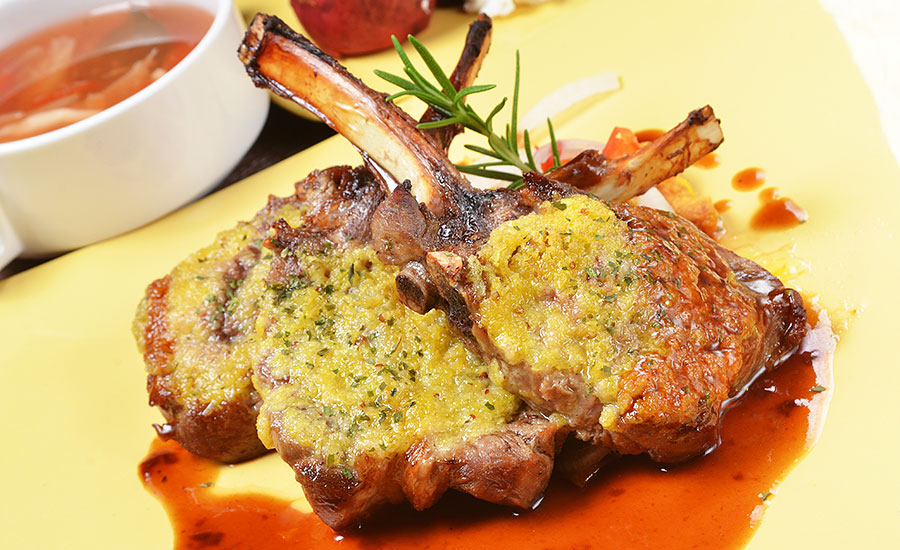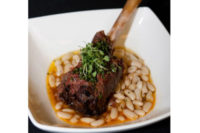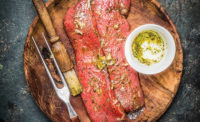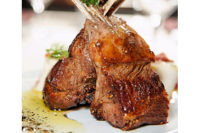Quality is an accumulation of attributes that satisfy customer preferences and expectations. Customers’ needs and expectations are always changing. Lamb quality is a moving target that means different things to the supply chain and sheep/lamb industry stakeholders.
The objectives of a study conducted by Colorado State University and the Ohio State University, funded by the American Lamb Board, were to determine U.S. lamb retail and foodservice rank, definition, relative preference, and willingness to pay for seven quality attributes including: 1) origin; 2) sheep-raising practices; 3) eating satisfaction; 4) weight/size; 5) product appearance/composition; 6) product convenience/form; and 7) nutrition/wholesomeness. Structured interviews of retail and foodservice respondents were conducted from May 2014 to March 2015 via face-to-face or telephone with lamb/protein purchaser representatives of retail (60), foodservice (45) and purveyor (15) sectors.
This research indicated, across all sectors, eating satisfaction — defined as lamb flavor/taste — was the imperative quality trait to those who purchase lamb. Although eating satisfaction is difficult to visually ascertain, retailers and foodservice representatives identified that product authenticity attributes (i.e., origin and sheep-raising practices) can be monetarily beneficial. Further, label claims of 148 lamb shoulder chops collected at retail markets from 46 stores in 11 states reinforced source branded product (+ $1.94/lb), locally raised designation (+ $1.69/lb), and grass-fed lamb (+ $1.12/lb) were merchandised with a premium to American consumers.
Additionally, this research indicated that lamb loin and rib chops purchased at U.S. retail markets originating from U.S. lamb was the most muscular. Loin eye area of loin chops from U.S. origin were greater (3.03 in2) than Australian chops (2.60 in2), and chops from New Zealand (2.25 in2) were the least muscular. Also, Australian lamb had a trimness advantage of external fat of loin chops over lamb originating from either the U.S or New Zealand. A strategic emphasis on quality attributes identified in this research should strive to ensure that eating satisfaction and lamb flavor are optimized for American lamb, and to produce lamb with product authenticity attributes that may be valuable for sheep producers and requested by retail and foodservice sectors, and inevitably American lamb consumers.
An important application of the research included the development of an American Lamb quality mission to improve the consistency of quality, cutability and marketability of American lamb with a consumer-driven focus.
The final phase of this project was a sheep/lamb industry strategy workshop that identified goals to: 1) address factors contributing to lamb flavor, their impact on consumer satisfaction and align flavor characteristics with target markets; 2) improve lamb management to hit market-ready targets for product size, composition and eating satisfaction while reducing production costs; and 3) identify and capitalize on market opportunities for American lamb.
A continuous improvement mentality is essential to lamb quality management throughout the supply chain in order to maintain (and increase) market share and demand for American lamb. NP




Report Abusive Comment